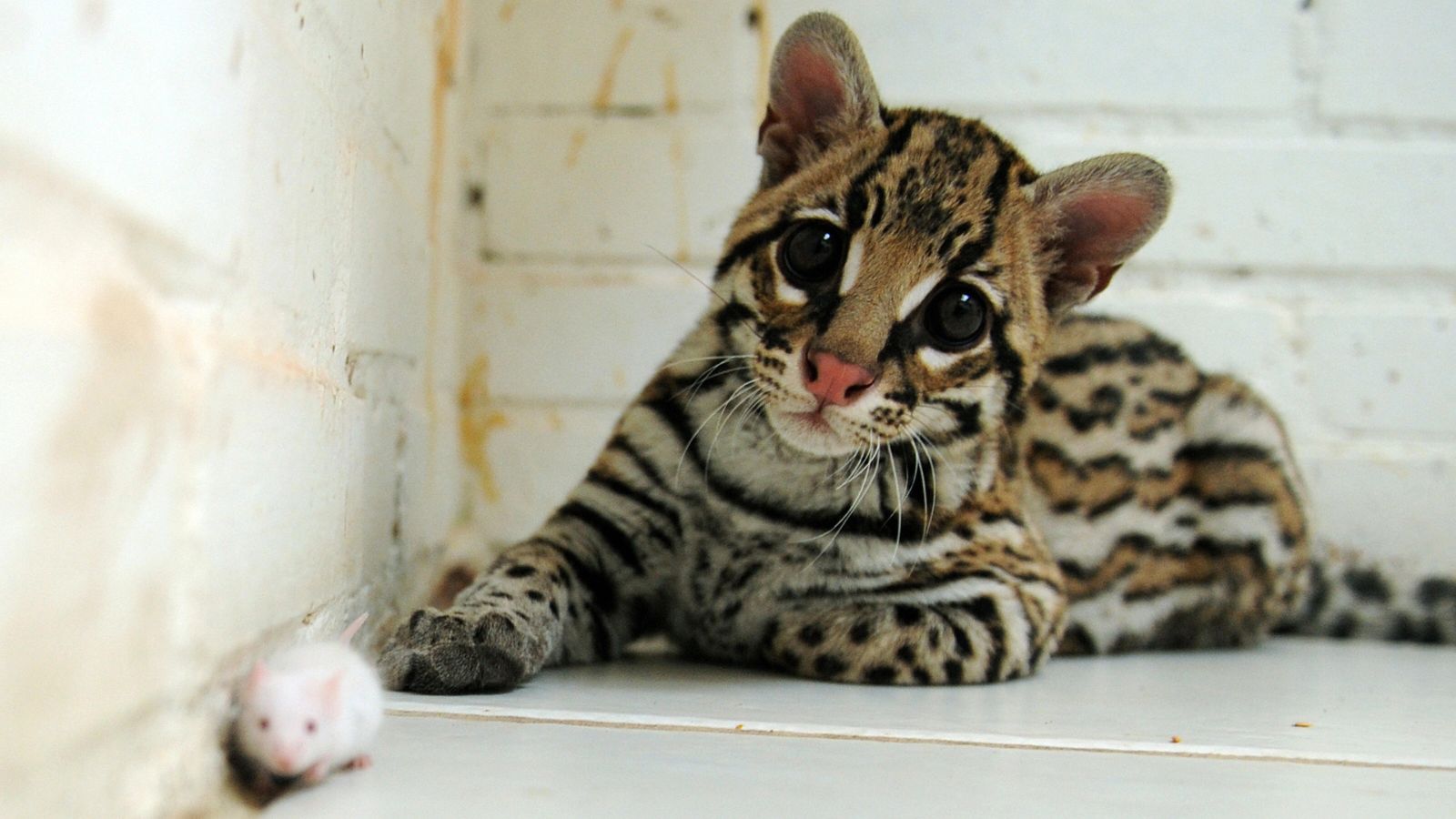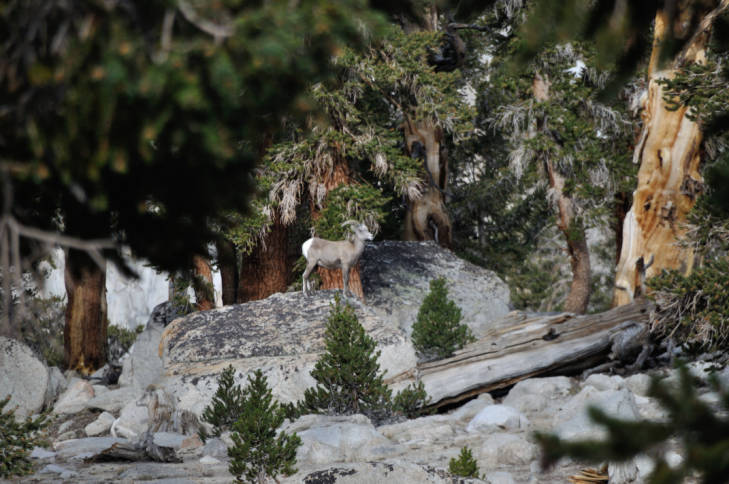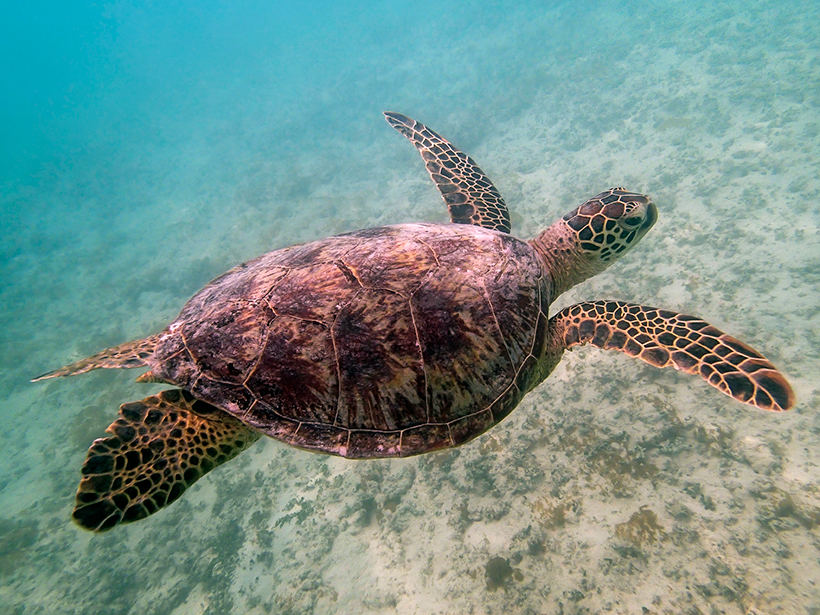The natural world is an intricate and diverse web of life, with each species playing a crucial role in maintaining the delicate balance of ecosystems. However, due to human activities such as habitat destruction, climate change, and pollution, many species are facing the threat of extinction. The loss of even a single species can have profound consequences for the entire ecosystem. Fortunately, there are dedicated individuals, organizations, and governments working tirelessly to protect endangered species and ensure their survival. This article explores the efforts being taken to combat extinction, ways in which we can all contribute to their protection, and the challenges that must be overcome to safeguard these precious creatures.
Endangered Species Protection Efforts

There are numerous efforts being taken to protect endangered species and prevent them from disappearing forever. These include captive breeding programs, habitat protection, and conservation projects. Let’s take a closer look at each of these efforts.
Captive Breeding Programs
Captive breeding programs involve bringing members of a threatened species into controlled environments, such as zoos or wildlife sanctuaries, where they can breed and reproduce under close supervision. These programs are particularly beneficial for species that are facing immediate extinction in the wild.
Captive breeding programs have been successful in increasing the populations of several endangered species, including the black-footed ferret and the California condor. In the case of the black-footed ferret, captive breeding saved the species from complete extinction in the 1980s when only 18 individuals remained in the wild. Today, there are over 500 black-footed ferrets in the wild thanks to captive breeding programs. Similarly, the California condor was on the brink of extinction in the 1980s, with only 22 individuals remaining in the wild. Through captive breeding and reintroduction efforts, the population has now grown to over 500 individuals.
Apart from increasing the population of endangered species, captive breeding programs also serve as a safety net in case of catastrophic events, such as disease outbreaks or natural disasters, that could wipe out an entire species. However, it is essential to note that captive breeding alone cannot save a species from extinction. It should be coupled with habitat protection and conservation efforts for long-term success.
Habitat Protection
Protecting and restoring the natural habitats of endangered species is crucial for their survival. Many species are facing extinction due to the destruction and degradation of their habitats. This can be caused by various human activities, including deforestation, pollution, and development.
Habitat protection involves identifying and preserving critical habitats for endangered species, such as forests, wetlands, and oceans. Conservation projects, such as reforestation and restoration of degraded habitats, also play a vital role in protecting these areas. By preserving and restoring their habitats, we provide endangered species with a safe and suitable environment to thrive and reproduce.
One example of successful habitat protection is the conservation efforts for the mountain gorillas in Rwanda. In the 1980s, there were only about 250 individuals left in the wild due to habitat destruction and poaching. However, through strict protection of their habitat and anti-poaching measures, the population has now grown to over 1,000 individuals.
Conservation Projects
Conservation projects involve a range of efforts aimed at protecting and preserving endangered species and their habitats. These include research, monitoring, education, and community involvement. Let’s explore some of these projects in more detail.
- Research: Research plays a vital role in understanding the threats faced by endangered species and finding ways to mitigate those threats. Scientists study the behavior, population dynamics, and genetics of endangered species to develop effective conservation strategies.
- Monitoring: Regular monitoring of endangered species is crucial for understanding their population trends and implementing management actions when needed. Monitoring can involve tracking individual animals, collecting data on their habitat and behavior, and using technology such as camera traps and drones.
- Education: Education is an essential tool for raising awareness about endangered species and the threats they face. By educating the public, we can encourage people to take action and make more informed decisions that benefit endangered species.
- Community involvement: Involving local communities in conservation efforts is crucial for the long-term success of protecting endangered species. This can include engaging communities in eco-tourism, providing alternative livelihoods, and involving them in decision-making processes.
Challenges of Protecting Endangered Species

Despite the numerous efforts being taken to protect endangered species, there are still significant challenges that must be overcome to ensure their survival. Some of these challenges include:
- Lack of funding: Conservation projects require significant financial resources, and unfortunately, funding for these projects is often inadequate. Many organizations and governments struggle to secure the necessary funds to carry out crucial conservation efforts.
- Lack of political will: The protection of endangered species often requires strict regulations and enforcement, which may not align with the interests of powerful industries and individuals. As a result, there is often a lack of political will to implement necessary measures to protect endangered species.
- Human-wildlife conflict: Many conflicts arise between humans and endangered species, such as predators attacking livestock or elephants damaging crops. These conflicts can lead to retaliation against the animals and further endanger their populations.
- Illegal wildlife trade: Poaching and illegal wildlife trade continue to be significant threats to many endangered species, such as rhinos and elephants. Despite laws and international agreements, the demand for products made from endangered species continues to drive this illegal trade.
- Invasive species: The introduction of non-native species into an ecosystem can have a devastating impact on native species. Invasive species compete for resources and can spread diseases, leading to the decline of already endangered species.
To effectively protect endangered species, we must address these challenges and find solutions that involve a combination of research, education, policy changes, and community involvement.
Top 10 Ways to Protect Endangered Species

We can all play a role in protecting endangered species and ensuring their survival for future generations. Here are ten ways in which you can help:
- Support conservation organizations: Consider making donations or volunteering your time to organizations that work to protect endangered species. These include international organizations like the World Wildlife Fund and local organizations focused on specific species or habitats.
- Reduce your carbon footprint: Climate change is one of the biggest threats to many endangered species, so reducing your carbon footprint can have a positive impact. This can include using renewable energy, driving less, and eating a plant-based diet.
- Conserve water: Water scarcity affects both humans and wildlife. Reduce your water usage by fixing leaks, using drought-resistant plants in your garden, and not wasting water.
- Purchase sustainable products: Products made from endangered species, such as ivory and rhino horn, continue to drive illegal wildlife trade. Avoid purchasing products made from endangered species, and opt for sustainable alternatives instead.
- Recycle and reduce waste: Pollution can harm wildlife and their habitats. By recycling and reducing waste, we can help keep our environment clean and safe for endangered species.
- Plant native species: Planting trees and other native plants in your garden can provide crucial habitat for endangered species, such as pollinators and birds.
- Respect natural areas: When visiting natural areas, follow the rules and regulations to avoid causing harm to wildlife and their habitats. Do not pick plants, leave no trace, and do not disturb animals.
- Educate others: Share your knowledge about endangered species and the threats they face with friends and family. Encourage others to take action and make more informed decisions that benefit wildlife.
- Reduce pesticide use: Pesticides can be harmful to many animal species, including pollinators and birds. Limit your use of pesticides, and opt for natural pest control methods instead.
- Support sustainable tourism: When traveling, choose eco-friendly and sustainable tourism options that take into account the well-being of endangered species and their habitats.
Endangered Species Protection Efforts Examples

Here are some examples of successful efforts being taken to protect endangered species:
- Saving the Giant Panda: The giant panda is an iconic endangered species, and through conservation efforts, its population has nearly doubled in the past few decades. This success can be attributed to habitat protection, captive breeding programs, and community involvement.
- Protecting Sea Turtles: Many sea turtle species face the threat of extinction due to pollution, fisheries bycatch, and habitat destruction. Conservation efforts, such as beach cleanups, nest protection, and fishing regulations, have helped increase sea turtle populations in some areas.
- Reintroducing the Arabian Oryx: The Arabian oryx was declared extinct in the wild in the 1970s due to hunting and habitat loss. However, through captive breeding and reintroduction efforts, the species has made a remarkable recovery, with over 1,000 individuals now living in protected areas.
- Conserving the Snow Leopard: The elusive snow leopard is facing numerous threats, including poaching and habitat destruction. Conservation efforts, such as community-based conservation programs and anti-poaching measures, have helped stabilize snow leopard populations in some areas.
Endangered Species Protection Efforts Essay
The protection of endangered species is crucial not only for the survival of these creatures but also for maintaining the health and balance of our planet’s ecosystems. As we have seen, there are numerous efforts being taken to protect endangered species, from captive breeding programs to habitat protection and conservation projects. However, there are still significant challenges that must be overcome, such as lack of funding and political will.
It is our collective responsibility to take action and ensure the survival of endangered species. By supporting conservation organizations, reducing our carbon footprint, and educating others, we can make a positive impact. We must also address the underlying causes of endangerment, such as habitat destruction and illegal wildlife trade, to effectively protect these precious creatures.
In conclusion, protecting endangered species requires a multi-faceted approach involving collaboration between individuals, organizations, and governments. Every effort, no matter how small, can make a difference in the fight against extinction. Let us all do our part to ensure that future generations can continue to marvel at the incredible diversity of life on our planet.
References
- “Captive Breeding Program.” National Geographic Society. https://www.nationalgeographic.org/encyclopedia/captive-breeding-program/.
- “Habitat Protection.” World Wildlife Fund. https://wwf.panda.org/discover/our_focus/habitats/enhancing_habitats/habitat_protection/.
- “Conservation Projects.” International Union for Conservation of Nature (IUCN). https://www.iucn.org/theme/species/our-work/conservation-projects.
- “Mountain Gorillas: Conserving A Critically Endangered Species.” World Wildlife Fund. https://www.worldwildlife.org/stories/mountain-gorillas-conserving-a-critically-endangered-species.
- “Top 10 Ways to Protect Endangered Species.” Defenders of Wildlife. https://defenders.org/top-10-ways-protect-endangered-species.
- “Giant Panda.” World Wildlife Fund. https://www.worldwildlife.org/species/giant-panda.
- “Sea Turtles.” World Wildlife Fund. https://www.worldwildlife.org/species/sea-turtle.
- “Arabian Oryx.” World Wildlife Fund. https://www.worldwildlife.org/species/arabian-oryx.
- “Snow Leopard.” World Wildlife Fund. https://www.worldwildlife.org/species/snow-leopard.
Conclusion
In conclusion, the protection of endangered species is a critical issue that requires urgent attention and action from individuals, organizations, and governments worldwide. The threats facing endangered species are numerous and complex, ranging from habitat loss and climate change to illegal wildlife trade and pollution. To effectively protect these vulnerable creatures, it is essential to address these challenges through a combination of conservation efforts, research, education, policy changes, and community involvement.
wfriv.xyz
